The iPhone 5 was announced on September 12, 2012, ten years ago. The iPhone 5 was the very first iPhone to eliminate the 30-pin dock connector that was inherited from the iPods, as it launched an adapter called the Lightning adapter.
This was the very first time a reversible data connector was used on mobile devices. Prior ones which were both proprietary and USB included an “polarity”, that is to say it was the only right orientation.
Once upon a while this was a plus over phones with microUSB, now it’s being viewed as a negative and everybody is looking forward to Apple to embrace USB-C.
In spite of its power over the market for smartphones, Apple is sometimes very slow to adopt new technologies. This week, we’ll examine a variety of examples, beginning with the USB-C that I mentioned earlier.
USB-C 8 years
The switch hasn’t been made yet however EU laws has ensured that Apple will convert iPhones to USB-C by 2023. The law won’t take effect until 2024. However, when new iPhones come out at the end of the year experts anticipate that the switch is expected to occur in 2023 in the iPhone 15 series.
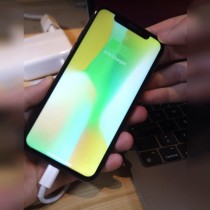

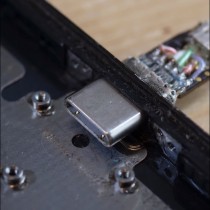
A iPhone X modified with a USB-C port designed by Ken Pillonel
It’s not only the EU as well, the US as well as Brazil have been looking into similar legislation that would require USB-C for smartphones (and perhaps, but not always the other electronic devices that are portable).
First Android phones that used USB-C first appeared in the year 2015, which is why Apple will be eight years behind the curve. Its initial phone came with it was the LeTV One Max (remember LeTV? ).
It also signifies it is the initial iPhone equipped with USB-C will be released five years after the first iPad changed to Lightning (that included those iPad Pros from 2018). It’s even more fun, Apple launched one of the very first USB-C-powered devices in”the 12.3″ MacBook from 2015.
Four Bayer sensor 4 years
After years of using cameras that had 12MP resolutions, Apple phone’s eventually made the leap to a higher-res Quad Bayer camera. This is only available for Pro models, of course, Apple has a conservative method of embracing new technologies at all.


For many years, the Nokia 808 Pure View reigned as the top 41MP camera phone with an ordinary Bayer filter. In 2018, the new Huawei P20 and Mate 20 were able to match the quality of its 40MP sensor. On the very last day of the year, Nokia was eventually beaten (in regards to resolution) by Huawei Nova 4 and Honor View 20 and their 48MP cameras.
However, it was confirmed that the Huawei P20 Pro camera had a Quad Bayer sensor. It was an entirely new feature that was not available on mobiles back then, and I needed to write an article to describe the function of it. It can do things like single-shot HDR (half of the pixels are an exposure of a shorter duration, and the other half is longer). The extra resolution allows the lossless zooming of digital images (as the 808 demonstrated). Obviously, it can be applied to flip the Binning process and obtain a better-quality photo.
In addition, the Nokia 808 PureView was famous not just for its high-resolution camera but also for its size. The iPhone 14 Pro and iPhone 14 Pro Max sensors are nearly the same size: 1/1.2″ for the Nokia and 1/1.28″ for the iPhones.
5G 1.5 year
The iPhone 11 series arrived in 2019, sporting only the 4G LTE modem. It would not be until after the iPhone 12 series in 2020 that Apple will make the leap to 5G. The reason isn’t anything to be related to market strategies as much as Apple acting as its typical stoic self.
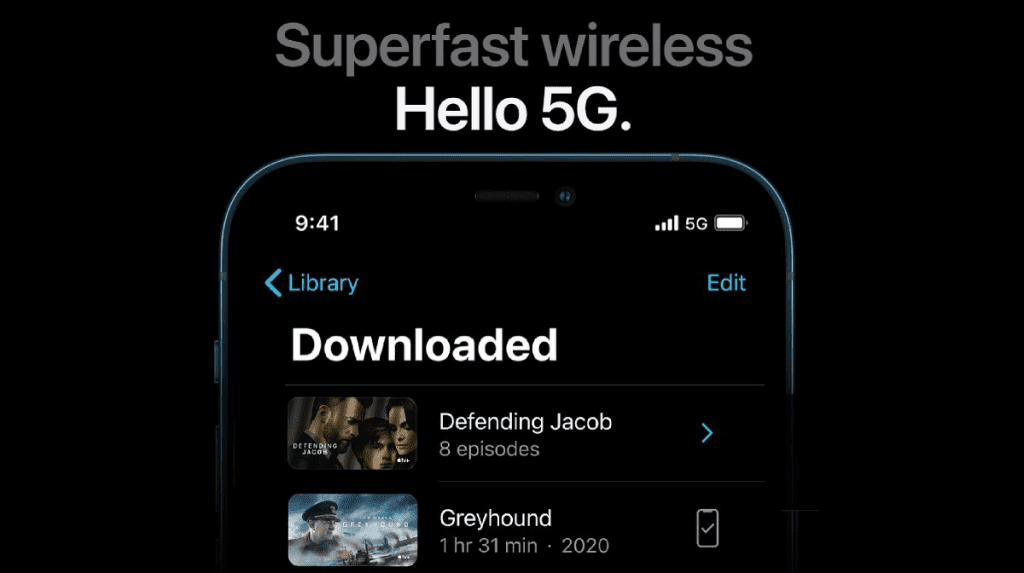
Instead it was a dismal combination that resulted from Apple and Qualcomm with an uneasy patent dispute and Intel’s modem division not being able to meet expectations. Apple eventually had to make a deal with Qualcomm and uses Snapdragon X modems.
There was talk of Samsung, MediaTek and even Huawei possibly supplying modems however none of those rumors came true (Huawei also denied that this was ever a possibility, Samsung was reported to not have any modems available, MediaTek did want to bring it about, however).
Attention is focused now focused on Apple’s modem business, which includes Intel’s modem division, which was transferred to Cupertino in the year 2019. Certain analysts believe that the modem is in good shape to go, but it’s delayed because of patent licensing problems.
In the beginning, the initial 5G phone came out in it was the Samsung Galaxy S10 5G, that was released in the early part of 2019. Except for in the Moto Z3, which was released in mid-2018 and featured the optional 5G mode (although it was only available to pre-orders in the year 2019 which isn’t a significant change in the calculations). This means that Apple is 18 months ahead of the game. It simply feels like it’s longer because Android makers suddenly announced hundreds of 5G smartphones.
Always On Display: 6 years (at minimum)
Apple was the first to introduce LTPO display panels as they required the additional energy efficiency to allow Always-On Display mode on Apple Watch Series 5. Apple Watch Series 5 which was released in 2019. Of course, the same feature would not be available on iPhones until this week. The iPhone 14 Pro and 14 Pro Max are the first (and only) within the family with AOD.
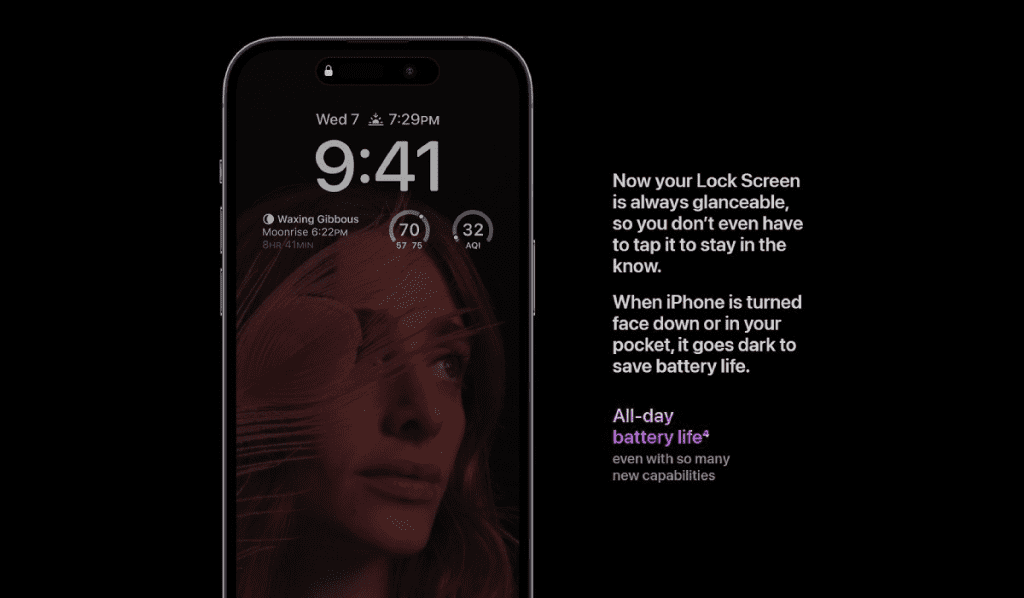
At the time, feature phones could change their LCDs into transflective mode and display highly legible, energy efficient mode that could allow them to show the notifications and time throughout the week. There were also some odd phones, like the YotaPhone that had an e-Ink display at its rear (this could be on all the time as e-Ink uses electricity when updating, and not when it displays static images).
However, if you take them out of context those first Android phones with AOD were released in the year 2016 – models like LG G5 and the Samsung Galaxy S7 and the LG G5. At the time, AOD had a noticeable impact on the battery life of standby devices However, today things are significantly better.
I have already dismissed some odd options, however I believe this one deserves a mention. It’s the LG V10 from 2015 had the second display over the main display and featured it’s own drive for the display as well as backlight, which allowed it to remain on for all time.
Wireless charging for 8 years old
Similar to AOD wireless charging, wireless charging initially was introduced via Apple Watches (with the very first version in 2014) It would take a couple of years before it would be available on iPhones. The first smartphone to feature wireless charging came with the popular Palm Pre from 2009. Pre and Pres was the sole genuine choice for a couple of years (with their pretty Magnetic Touchstone Chargers).
Other platforms could eventually provide wireless options, such as Nokia’s Lumia 920 and Nexus 4 from 2012. It took some time before everyone decided to stick with Qi as the Qi standards (PMA was popular for a couple of years).
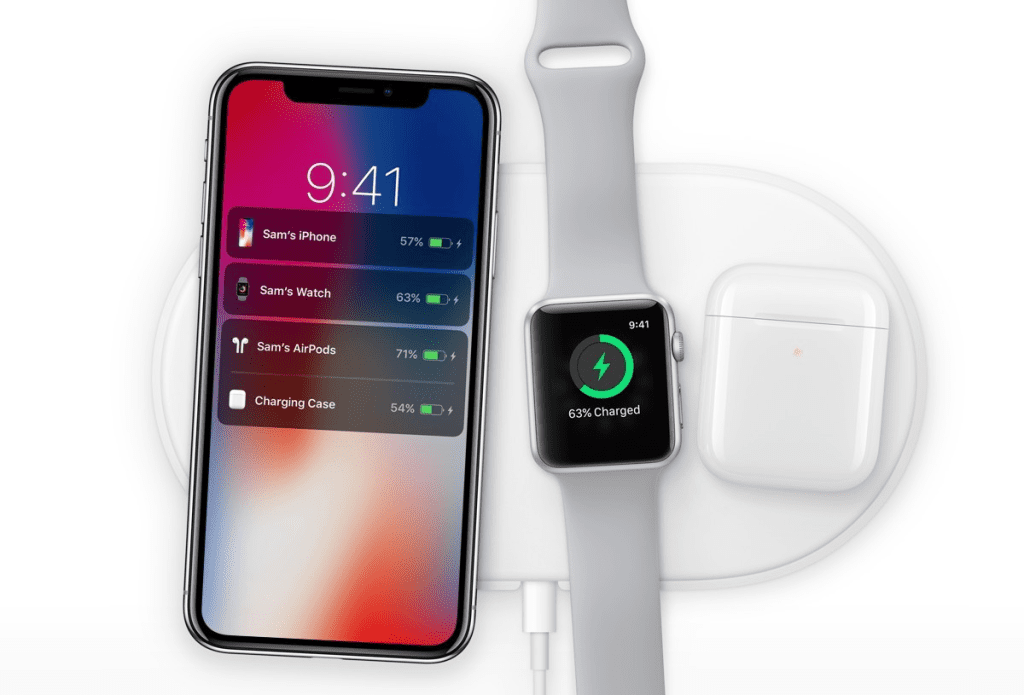
The iPhone 8 and X generations were released in 2017, marking the final year of the classic iPhone style and the beginning of the new notch and wireless charging capabilities on Apple’s phones. In 2020, Apple announced MagSafe, which came with magnets that held your phone and charger securely attached (and other snap-on accessories, such as wallets). Of course, the Pre was able to do this right from the beginning.
Notch 3 months
You might think the iPhone X brought the notch curse to the world, but they’d be incorrect. Technically speaking, this iPhone X is undoubtedly the phone that brought it to the forefront of popularity.
However, it was not the first phone to sport an oblique notch. Not just two but one Android smartphone beat it out of the park with a gap of three months. Sharp Aquos S2 came out on August 14, and it was immediately followed by the Essential Phone just days later. Both of them pushed their LCDs over the phone and threw the selfie camera into the shape of a peninsula, also known as the notch.
The notch has been born Sharp Aquos 2 A Must-Have Phone.
The slim bezels on the top weren’t all that attracted Android makers to adopt this design, Naturally. iPhone X ditched the fingerprint reader and provided 3D face scanning as a secure method for unlocking the phone. Android makers experimented with similar technology (and technology similar to the Google Project Soli radar), but they quickly switched back to fingerprint scanners.
Of course, an under-display fingerprint scanner exists for numerous phones above entry level. Apple hasn’t embraced this technology until now despite multiple reports of it. Perhaps one day.
This is a great place to put things away for the day. There’s plenty I did not cover. As I mentioned previously, the fingerprint scanner was in use before the iPhone 5s.
